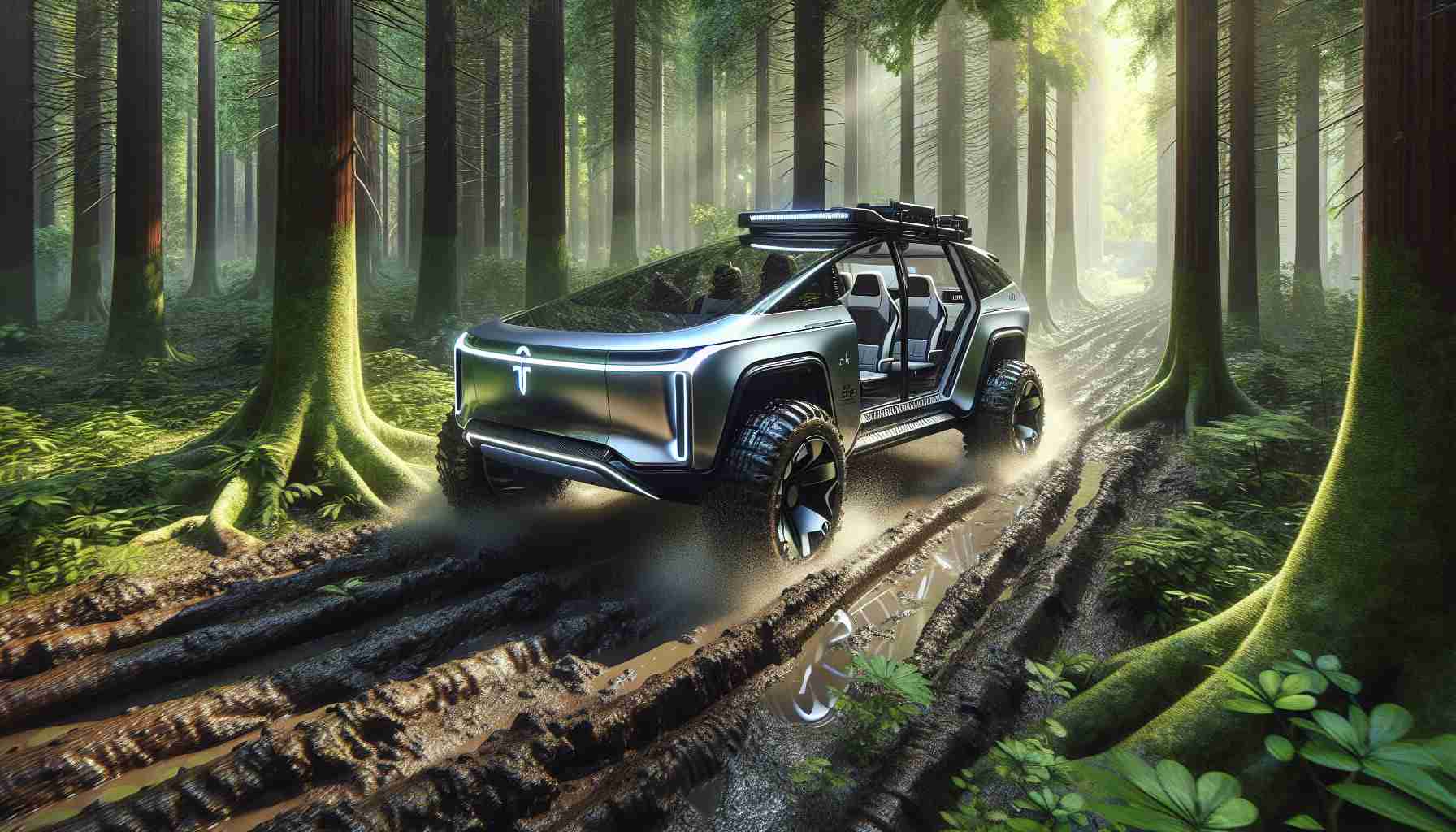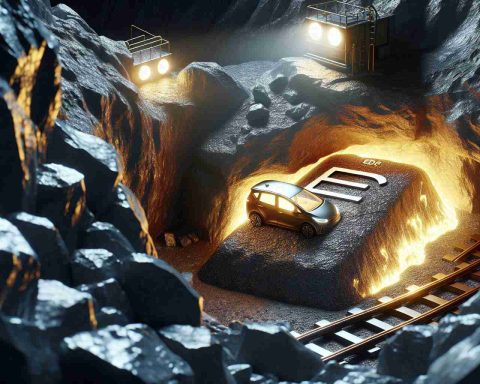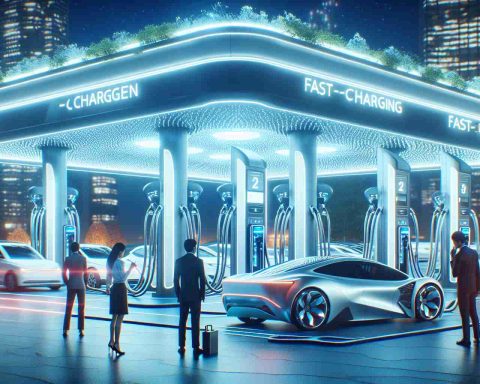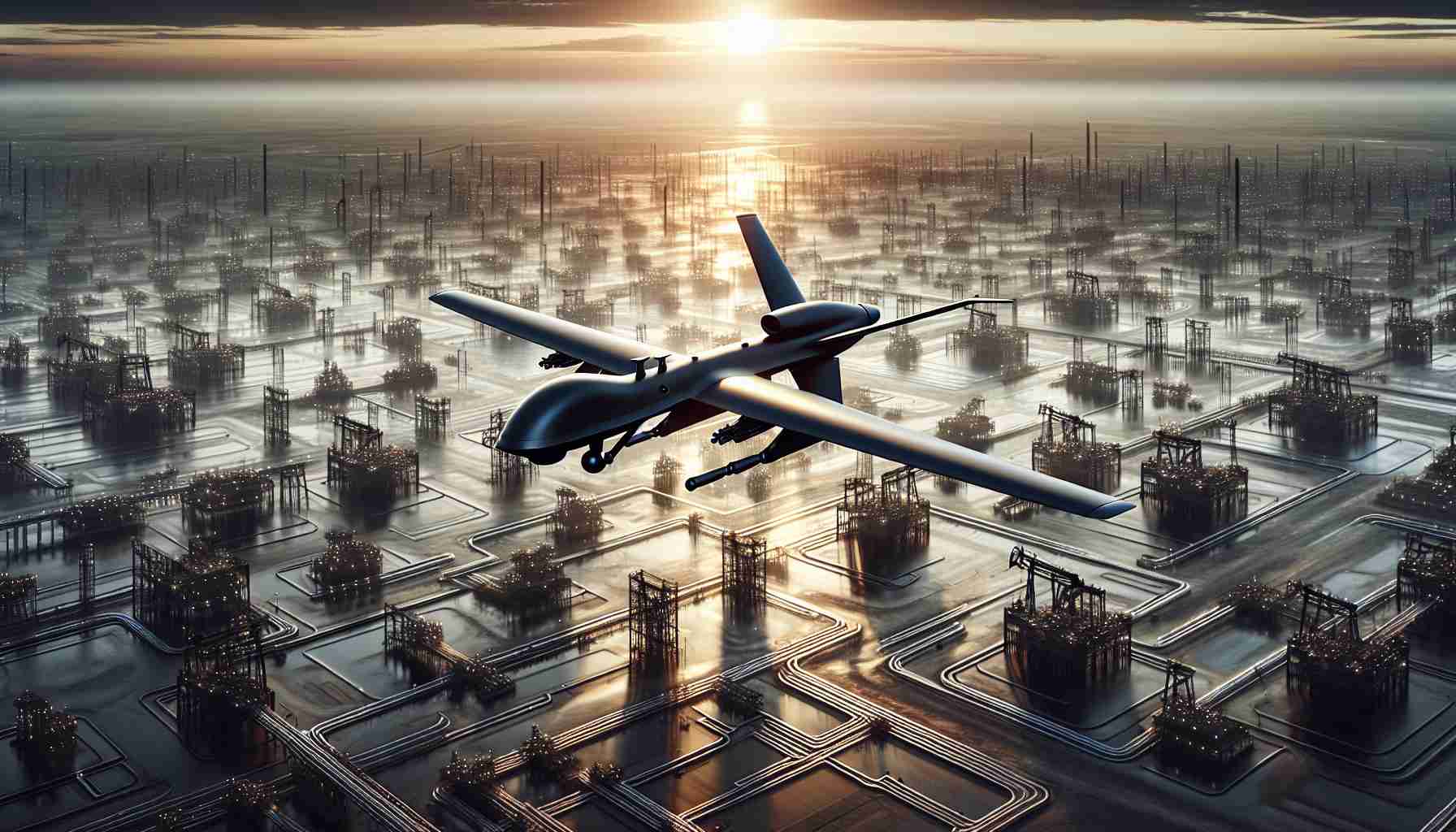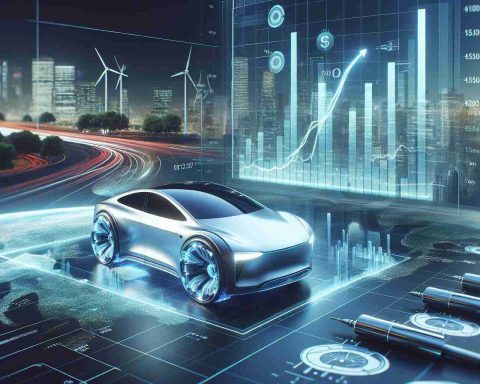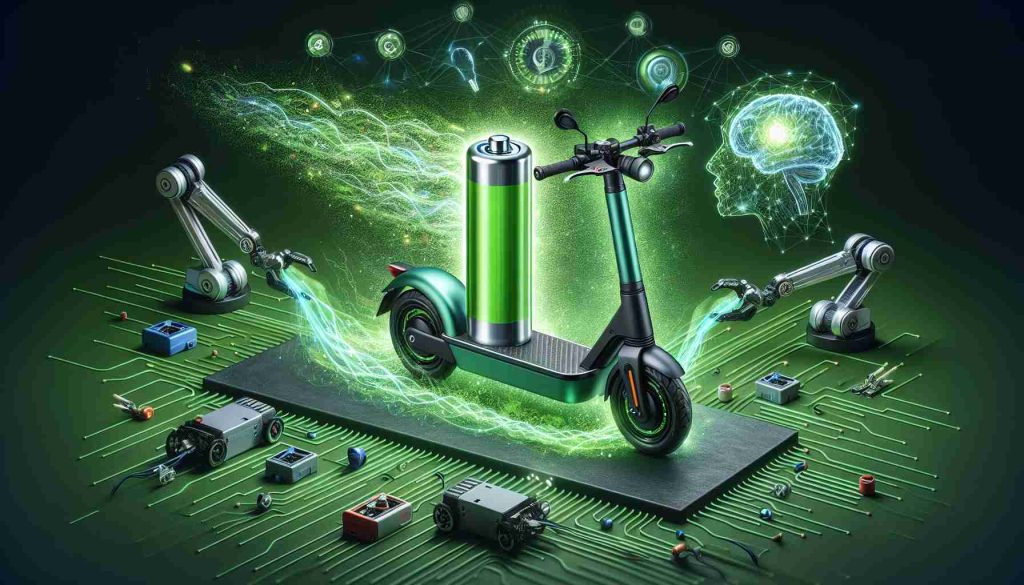- Rivian is developing autonomous exploration technology for rugged, off-road environments.
- The initiative extends beyond urban navigation, focusing on forest trails and mountainous paths.
- Vehicles will feature advanced sensors and satellite-driven mapping for safe, efficient remote exploration.
- This technology has potential applications in environmental research and conservation.
- Rivian aims to provide access to remote areas with minimal ecological impact.
- The project represents a new era in exploratory travel, blending adventure with environmental responsibility.
Rivian, best known for its cutting-edge electric trucks and SUVs, is entering a groundbreaking new terrain: autonomous exploration technology designed specifically for rugged, off-road environments. The company aims to leverage its electric vehicle expertise to develop self-driving capabilities that can handle the unpredictable nature of forest trails and mountainous paths. Inspired by the spirit of adventure, Rivian’s latest innovation might redefine how technology interacts with untouched landscapes.
This new initiative goes beyond urban automatic navigation. While self-driving cars have primarily focused on navigating city streets, Rivian plans to take autonomous tech off the beaten path—literally. The project envisions vehicles equipped with advanced sensors and satellite-driven mapping technologies capable of interpreting dynamic terrains, allowing adventurers to explore remote destinations safely and efficiently.
This innovation holds transformative potential for environmental research and conservation efforts. Researchers could employ Rivian’s autonomous vehicles to monitor wildlife in areas that are difficult for humans to reach. Furthermore, this technology could provide responsible access to remote landscapes while minimizing ecological impact, integrating environmental considerations with technological advancement.
As Rivian continues to push the boundaries of what’s possible with electric and autonomous technology, it is clear that the company is not just building vehicles, but pioneering new ways of interaction with our world. Whether for thrill-seeking adventure or crucial environmental work, Rivian’s latest venture might just spark a new era for exploratory travel.
The Future of Off-Roading: Rivian’s Autonomous Revolution Unveiled
How does Rivian’s autonomous off-road technology work, and what makes it unique?
Rivian’s autonomous off-road technology is a remarkable fusion of advanced sensor arrays and satellite-driven mapping. Unlike traditional urban self-driving systems, Rivian’s technology is designed to tackle unpredictable and rugged terrains, such as forests and mountainous trails. This capability is enabled by sophisticated algorithms capable of interpreting dynamic environmental inputs, thereby providing real-time adaptive navigation. The unique aspect of Rivian’s approach lies in its integration of off-road terrain adaptability with eco-conscious design, ensuring minimal disruption to natural environments.
What are the potential applications of Rivian’s autonomous technology for environmental research and conservation?
Rivian’s autonomous vehicles can significantly enhance environmental research and conservation efforts. By navigating to hard-to-reach areas, these vehicles can monitor wildlife and ecological conditions without human interference, thereby reducing ecological footprints. The technology can also play a critical role in data collection for environmental studies, such as mapping biodiversity or assessing the impact of climate change. By facilitating remote data acquisition, Rivian’s innovation could offer new insights into environmental preservation while promoting responsible exploration.
What challenges might Rivian face in developing and deploying this technology?
Despite its promising applications, Rivian may encounter several challenges in the development and deployment of autonomous off-road technology. These could include technical obstacles such as ensuring reliable sensor performance in diverse weather conditions and developing robust algorithms that can process complex terrain data. Furthermore, regulatory challenges may arise as authorities establish safety standards and guidelines for autonomous vehicles in remote and potentially fragile ecosystems. Balancing technological advancement with environmental ethics and safety will be crucial for Rivian’s success in this venture.
For further information about Rivian and their innovative technologies, you can visit their official website at Rivian.
